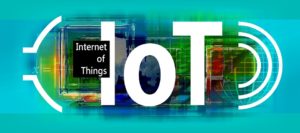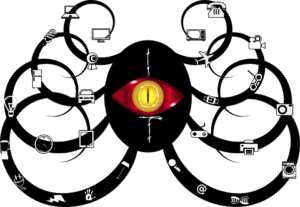As organizations become increasingly more dependent on Internet of Things (IoT) communications to drive critical systems and business processes, all other aspects of the enterprise are being touched as well and the management of IoT services becomes more complex. The rapid growth of global IoT devices is predicted to reach over 75 billion by 2025 and companies across all industry sectors are starting to go down the path of digital transformations in search of new services that will benefit both the enterprise and the customer. This is moving organizations in different directions and disrupting the traditional components of IT infrastructure in the modern data center.
Whereas cloud computing is not specifically designed to handle IoT, organizations may soon see the need for completely new infrastructures to be put into place to support IoT applications closer to data sources to ensure IoT service delivery is successful in real-time. Enterprises will need to consider edge computing to meet the challenges of managing IoT networks and services along their journey through digital transformation dependent on new innovation. Read full article here.





